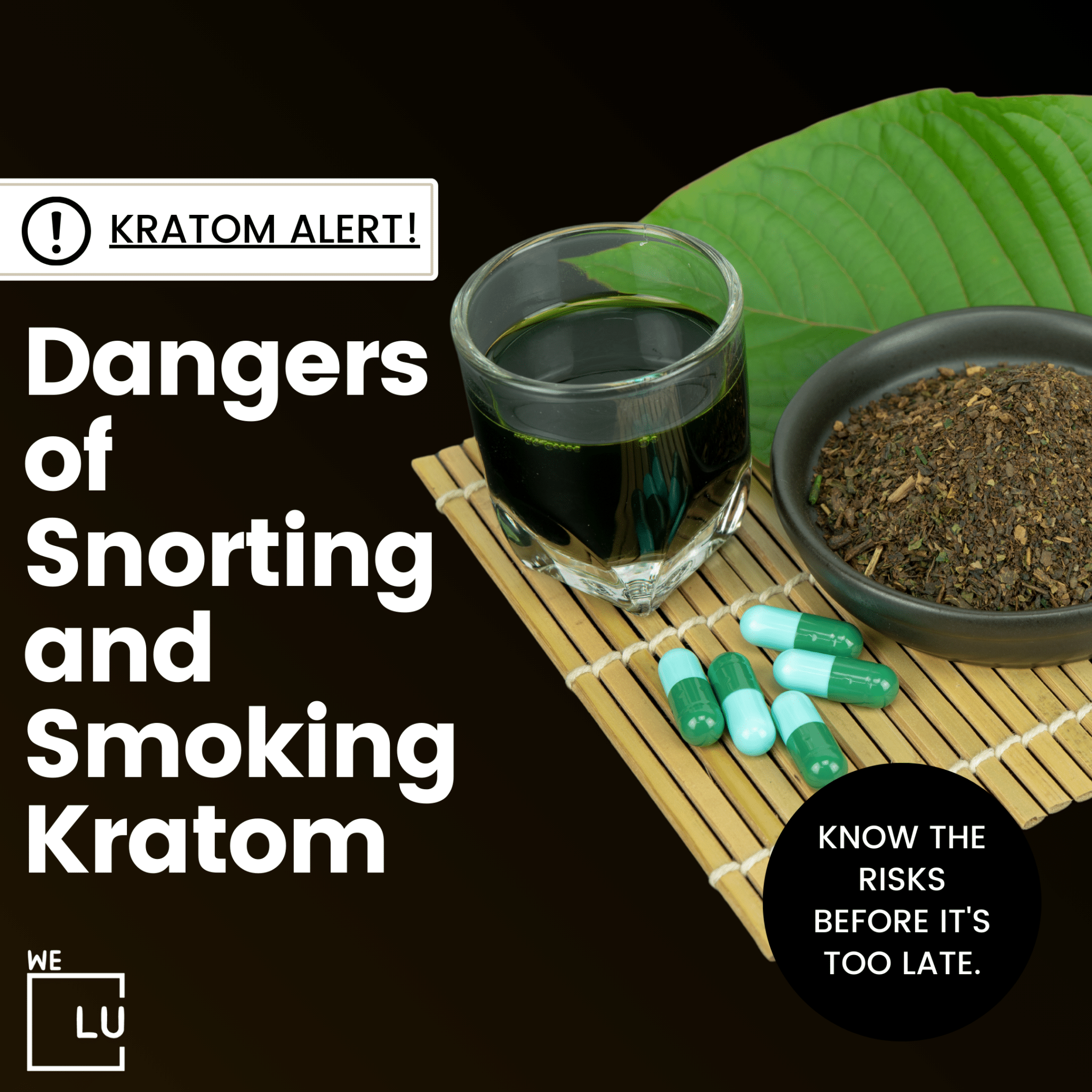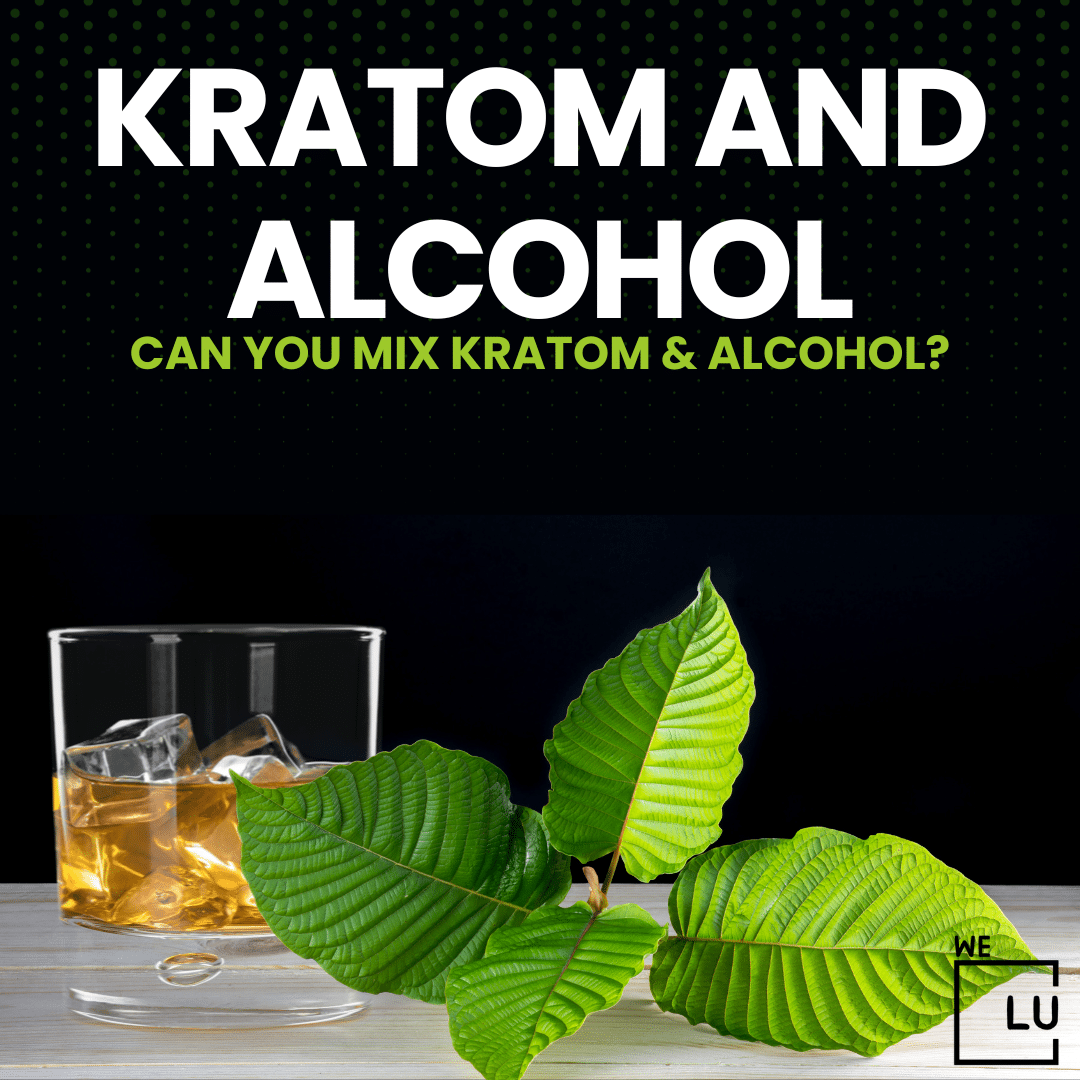Morphine Vs Oxycodone
Is Morphine Stronger Than Oxycodone?
Both morphine and oxycodone are potent opioid analgesics used for the management of moderate to severe pain. Comparing the strength of these medications can be somewhat subjective because individual responses to opioids can vary. However, there are general guidelines based on their potency.
In terms of potency, oxycodone is often considered to be more potent than morphine. This means that a lower dose of oxycodone may be needed to achieve a similar level of pain relief compared to morphine. The specific conversion ratios can depend on factors such as the route of administration (oral, intravenous, etc.) and the individual patient’s response.
The choice between morphine and oxycodone, or any other opioid, is typically based on factors such as the type and severity of pain, the patient’s medical history, and the desired duration of pain relief. Healthcare providers carefully consider these factors when prescribing opioid medications to optimize pain management while minimizing potential risks and side effects.
As with any opioid medication, both morphine and oxycodone should be used under the supervision of a healthcare professional, and patients should follow their prescribed dosage and schedule. Misuse or overuse of opioids can lead to serious health risks, including respiratory depression, dependence, and addiction. Patients should communicate openly with their healthcare providers about their pain management and any concerns they may have about their medications.
Is Morphine Equivalent To Oxycodone?
Morphine and oxycodone are both opioid medications, but they have different potencies and characteristics. When healthcare providers need to switch a patient from one opioid to another, they often use conversion ratios to estimate an equivalent dose. These conversion ratios are not exact and can vary depending on individual patient factors, so the process should be done carefully under the guidance of a healthcare professional.
Oxycodone To Morphine Conversion
The specific conversion ratio between morphine and oxycodone can depend on several factors, including the route of administration (oral, intravenous, etc.) and individual patient characteristics. As a general guideline, oxycodone is considered to be more potent than morphine, so a lower dose of oxycodone may be needed to achieve a similar level of pain relief.
As a general guideline, oxycodone is considered to be more potent than morphine. A standard conversion ratio might be around 1.5 to 2:1, meaning that 1 mg of oxycodone could be roughly equivalent to 1.5 to 2 mg of morphine. However, this is a generalization, and the actual conversion can vary.
Healthcare providers to carefully calculate and monitor opioid conversions to ensure adequate pain management while minimizing the risk of side effects and complications. Patients should not attempt to change their opioid medication or adjust their dosage without consulting their healthcare provider, as improper changes can lead to inadequate pain control or increased risk of adverse effects.
If you have concerns about your pain management or the medications you are taking, discuss them with your healthcare provider. They can provide personalized guidance based on your medical history and current condition.
What Is Morphine?
Morphine is a potent analgesic (pain-relieving) and sedative medication that belongs to the class of drugs known as opioids. It is extracted from the opium poppy plant and is one of the oldest known painkillers. Morphine is named after Morpheus, the Greek god of dreams, due to its soothing properties.
Opioids, including morphine, work by binding to specific receptors in the central nervous system called opioid receptors. These receptors are part of the body’s natural pain control system. When morphine binds to these receptors, it alters the perception of pain and produces a sense of euphoria, which can also lead to its abuse.
Morphine is commonly used for the management of severe pain, such as that associated with surgery, injury, or certain medical conditions like cancer. It can be administered in various forms, including oral tablets, injections, or intravenous infusions. Despite its effectiveness in pain management, the use of morphine is associated with potential side effects, including respiratory depression, constipation, nausea, and the risk of dependence and addiction.
What is Oxycodone?
Oxycodone is a potent opioid analgesic, meaning it is a strong pain-relieving medication. It is commonly used to manage moderate to severe pain. Like morphine, oxycodone works by binding to specific receptors in the central nervous system known as opioid receptors, altering the perception of pain.
Oxycodone is available in various formulations, including immediate-release and extended-release forms. Immediate-release oxycodone is often prescribed for the treatment of acute pain. At the same time, extended-release formulations are designed to provide more prolonged pain relief and are typically used for chronic pain conditions.
Some common brand names for oxycodone-containing medications include OxyContin, Percocet, and Roxicodone. OxyContin, in particular, is an extended-release form of oxycodone.
While oxycodone can be effective in managing pain, it also comes with potential risks and side effects. Like other opioids, oxycodone can cause respiratory depression (slowed breathing), drowsiness, constipation, and a sense of euphoria. Additionally, the misuse or abuse of oxycodone carries a risk of dependence and addiction.

Skip To:
Learn More:
- Oxycodone Vs Oxycontin. What Is The Difference And Similarities?
- Oxycodone Side Effects, Uses, Interactions, Addiction Facts
- Oxycodone and Hydrocodone, Side Effects, Forms, Dosages, Differences & Interactions
- Does Oxycodone Make You Sleepy? Oxycodone Effects On Sleep
- Oxycodone Withdrawal Symptoms, Timeline, and Detox
- How Long Does Oxycodone Stay In Your System?
- How long do opiates stay in your system? Specifics, Addiction, Drug Processing & Treatment
- Opiate Withdrawal, Effects, Causes, Symptoms, Diagnosis, Complications, Detox & Treatments

Get Your Life Back
Find Hope & Recovery. Get Safe Comfortable Detox, Addiction Rehab & Dual Diagnosis High-Quality Care.
Hotline (855) 695-1160Morphine Uses
Morphine is a potent opioid analgesic that is primarily used for the management of moderate to severe pain. Its uses include:
- Pain Relief after Surgery: Morphine is often administered to patients after surgery to help manage post-operative pain.
- Pain Associated with Medical Conditions: It is used for pain relief in various medical conditions such as cancer, myocardial infarction (heart attack), and severe trauma.
- Palliative Care: Morphine is commonly used in palliative care to alleviate pain and improve the quality of life in individuals with advanced or terminal illnesses.
- Labor Pain: In some cases, morphine may be used during labor to provide pain relief.
- Shortness of Breath in Advanced Illness: Morphine may be prescribed to alleviate severe shortness of breath in individuals with advanced illnesses such as congestive heart failure or chronic obstructive pulmonary disease (COPD).
- Chronic Pain Management: For certain chronic pain conditions where opioids are considered appropriate, morphine may be used for long-term pain management.

The decision to use either morphine or oxycodone or any other opioid medication is based on several factors and should be determined by a healthcare professional.
Oxycodone Uses
Oxycodone is an opioid analgesic primarily used for the management of moderate to severe pain. Its uses include:
- Pain Relief after Surgery: Oxycodone is commonly prescribed to manage post-operative pain, providing relief to patients recovering from surgical procedures.
- Chronic Pain Management: It is used for the treatment of chronic pain conditions, such as cancer-related pain, osteoarthritis, and other persistent pain issues where around-the-clock opioid therapy is necessary.
- Trauma and Injury: Oxycodone may be used to manage pain resulting from trauma, injury, or accidents.
- Palliative Care: Similar to morphine, oxycodone is employed in palliative care to alleviate pain and improve the quality of life in individuals with advanced or terminal illnesses.
- Dental Procedures: Oxycodone may be prescribed for pain management after certain dental procedures, especially those that result in significant discomfort.
- Neuropathic Pain: In some cases, oxycodone may be considered for neuropathic pain, although it’s not always the first-line treatment for this type of pain.
When To Use Morphine Or Oxycodone
The decision to use either morphine or oxycodone, or any other opioid medication, is based on several factors and should be determined by a healthcare professional. Factors influencing the choice between these medications include the type and severity of pain, the patient’s medical history, and the desired duration of pain relief. Here are some considerations:
| Consideration | Morphine | Consider the patient’s history of opioid use |
|---|---|---|
| Type and Severity of Pain | acute pain management, such as post-surgical pain or pain associated with trauma. | chronic pain conditions where a longer-acting opioid is needed. |
| Duration of Pain Relief | Immediate-release and extended-release options | Immediate-release and extended-release options |
| Patient Tolerance and Response | Individual responses may vary | Individual responses may vary |
| Patient History | Consider the patient’s history of opioid use | Consider patient’s history of opioid use |
| Route of Administration | Available in various formulations (oral, injectable) | Available in various formulations (oral, injectable) |
| Comorbidities and Interactions | Consider medical conditions and medications | Consider medical conditions and medications |
Get Help. Get Better. Get Your Life Back.
Searching for an Accredited Drug and Alcohol Rehab Centers in Near You?
Even if you have failed previously and relapsed, or are in the middle of a difficult crisis, we stand ready to support you. Our trusted behavioral health specialists will not give up on you. When you feel ready or just want someone to speak to about therapy alternatives to change your life call us. Even if we cannot assist you, we will lead you to wherever you can get support. There is no obligation. Call our hotline today.
FREE Addiction Hotline – Call 24/7Morphine Side Effects
Common side effects of morphine include:
- Respiratory Depression: This is a serious side effect and involves a slowing or suppression of breathing. It is more likely at higher doses.
- Drowsiness and Sedation: Morphine can cause drowsiness, making it important for individuals taking it to avoid activities that require alertness, such as driving.
- Nausea and Vomiting: These gastrointestinal symptoms are common side effects of morphine. Taking the medication with food or adjusting the dosage may help alleviate these symptoms.
- Constipation: Opioids, including morphine, often cause constipation. Increased fiber intake, fluids, and medications may be recommended to manage this side effect.
- Dizziness or Lightheadedness: Morphine can cause a feeling of dizziness or lightheadedness, especially when standing up quickly.
- Itching or Rash: Some individuals may experience itching or develop a rash as a side effect of morphine.
- Confusion: Morphine can affect cognitive function and may lead to confusion, especially in older individuals.
- Urinary Retention: Difficulty in urination or a reduced frequency of urination can occur.
- Low Blood Pressure: Morphine can cause a decrease in blood pressure, leading to symptoms such as dizziness.
- Tolerance and Dependence: Prolonged use of morphine can lead to the development of tolerance (requiring higher doses for the same effect) and physical dependence.
Oxycodone Side Effects
Not everyone will experience these side effects, and the severity can vary from person to person. Common side effects of oxycodone include:
- Respiratory Depression: This is a serious side effect characterized by slowed or shallow breathing. It can be more likely to occur at higher doses.
- Drowsiness and Sedation: Oxycodone can cause drowsiness, impairing alertness and concentration. It’s important to avoid activities that require mental focus, such as driving while taking oxycodone.
- Nausea and Vomiting: Gastrointestinal symptoms, including nausea and vomiting, are common side effects. Taking oxycodone with food may help alleviate these symptoms.
- Constipation: Opioids, including oxycodone, often cause constipation. Increased fluid intake, dietary fiber, and medications may be recommended to manage this side effect.
- Dizziness or Lightheadedness: Oxycodone can cause dizziness or a feeling of lightheadedness, particularly when standing up quickly.
- Itching or Rash: Some individuals may experience itching or develop a rash as a side effect of oxycodone.
- Confusion: Oxycodone can affect cognitive function and may lead to confusion, especially in older individuals.
- Urinary Retention: Difficulty in urination or a reduced frequency of urination can occur.
- Low Blood Pressure: Oxycodone can cause a decrease in blood pressure, resulting in symptoms such as dizziness.
- Tolerance and Dependence: Prolonged use of oxycodone can lead to the development of tolerance (requiring higher doses for the same effect) and physical dependence.

Comfortable Facilities & Amenities
High-Quality Addiction & Mental Health Rehabilitation Treatment
Rehab Centers TourRenowned California Addiction Center. Serene Private Facilities. Inpatient rehab programs vary.
Addiction Helpline (855) 695-1160Proven recovery success experience, backed by a Team w/ History of:
15+
Years of Unified Experience
100s
5-Star Reviews Across Our Centers
10K
Recovery Success Stories Across Our Network
- Low Patient to Therapist Ratio
- Onsite Medical Detox Center
- Comprehensive Dual-Diagnosis Treatment
- Complimentary Family & Alumni Programs
- Coaching, Recovery & Personal Development Events

Risks Of Opioid Use
Opioid use, including medications like morphine and oxycodone, comes with several risks, and individuals and healthcare providers need to be aware of these potential complications. Some of the key risks associated with opioid use include:
- Respiratory Depression: Opioids can slow down or suppress the respiratory system, leading to shallow or slowed breathing. In severe cases, this can be life-threatening.
- Addiction: Opioids have the potential to cause physical and psychological dependence. Prolonged use, even as prescribed, can lead to the development of tolerance, where higher doses are needed to achieve the same effect, and dependence, where the body adapts to the presence of the opioid and experiences withdrawal symptoms when the medication is reduced or stopped.
- Overdose: Taking too much of an opioid can result in overdose, which can be fatal. Overdose symptoms include extreme drowsiness, difficulty breathing, confusion, and unconsciousness.
- Constipation: Opioids commonly cause constipation, which can be severe. This side effect often requires additional interventions such as increased fluid intake, dietary changes, and medications.
- Nausea and Vomiting: Gastrointestinal side effects, including nausea and vomiting, are common with opioid use.
- Drowsiness and Impaired Alertness: Opioids can cause drowsiness and impair cognitive function, leading to reduced alertness and the potential for accidents or injuries.
- Increased Falls and Fractures: Opioids can contribute to an increased risk of falls and fractures, especially in older adults.
- Hormonal Changes: Prolonged opioid use can affect the endocrine system, leading to hormonal imbalances and potential issues such as reduced testosterone levels.
- Interactions with Other Medications: Opioids can interact with other medications, including sedatives and benzodiazepines, increasing the risk of respiratory depression and overdose.
- Misuse, Abuse, and Diversion: Opioids are substances with abuse potential, and their misuse can lead to addiction. Additionally, opioids may be diverted for non-medical use, contributing to the opioid epidemic.
Healthcare providers should carefully assess the risks and benefits of opioid therapy for each patient and monitor patients closely during treatment. Patients should communicate openly with their healthcare providers about their pain management, any side effects, and any concerns they may have about their medications. In many cases, alternative pain management strategies may be considered to minimize the risks associated with long-term opioid use.
World-class, Accredited, 5-Star Reviewed, Effective Addiction & Mental Health Programs. Complete Behavioral Health Inpatient Rehab, Detox plus Co-occuring Disorders Therapy.
CALL (855) 695-1160End the Addiction Pain. End the Emotional Rollercoaster. Get Your Life Back. Start Drug, Alcohol & Dual Diagnosis Mental Health Treatment Now. Get Free No-obligation Guidance by Substance Abuse Specialists Who Understand Addiction & Mental Health Recovery & Know How to Help.
Opioid Addiction
Opioid addiction, also known as opioid use disorder (OUD), is a chronic medical condition characterized by the compulsive use of opioids despite adverse consequences. Opioids, including prescription medications like morphine and oxycodone, as well as illicit substances like heroin, can be highly addictive.
Key features of opioid addiction include:
- Loss of Control: Individuals with opioid addiction may find it challenging to control or reduce their use of opioids, even when they want to.
- Craving: There is an intense desire or craving for opioids, leading to a preoccupation with obtaining and using the drugs.
- Tolerance: Over time, individuals may develop tolerance, requiring higher doses of opioids to achieve the same effects.
- Physical Dependence: The body adapts to the presence of opioids, and withdrawal symptoms occur when opioid use is reduced or stopped.
- Compulsive Use: Opioid use becomes a central focus of a person’s life, often to the detriment of other responsibilities, relationships, and activities.
- Continued Use Despite Harm: Individuals may continue to use opioids despite experiencing negative consequences, such as health problems, legal issues, or strained relationships.
Opioid addiction is a significant public health concern, contributing to the opioid epidemic in many countries. Factors that can increase the risk of opioid addiction include a history of substance abuse, genetic predisposition, mental health issues, and social or environmental factors.
Treatment for opioid addiction typically involves a combination of medication-assisted treatment (MAT) and behavioral therapies. Medications like methadone, buprenorphine, and naltrexone can help reduce cravings and withdrawal symptoms, while counseling and therapy address the psychological aspects of addiction.
Individuals struggling with opioid addiction to seek professional help. Opioid addiction is a treatable condition, and recovery is possible with appropriate medical and psychological support. If you or someone you know is facing opioid addiction, contacting a healthcare professional or addiction treatment center is a crucial first step toward recovery.
Experience Transformative Recovery at the We Level Up California Treatment Center.
See our authentic success stories. Get inspired. Get the help you deserve.



Start a New Life
Begin with a free call to an addiction & behavioral health treatment advisor. Learn more about our dual-diagnosis programs. The We Level Up treatment center network delivers recovery programs that vary by each treatment facility. Call to learn more.
- Personalized Care
- Caring Accountable Staff
- World-class Amenities
- Licensed & Accredited
- Renowned w/ 100s 5-Star Reviews
We’ll Call You
“The Difference Today Is That I Have Hope,” Finding Peace Through Addiction Recovery & Sobriety
Search We Level Up CA Morphine Vs Oxycodone Drug & Alcohol Rehab / Detox & Mental Health Topics & Resources
Sources
- Olesen AE, Staahl C, Arendt-Nielsen L, Drewes AM. Different effects of morphine and oxycodone in experimentally evoked hyperalgesia: a human translational study. Br J Clin Pharmacol. 2010 Aug;70(2):189-200. doi: 10.1111/j.1365-2125.2010.03700.x. PMID: 20653672; PMCID: PMC2911549. Read More: Morphine Vs Oxycodone, Oxycodone Vs Morphine, Is Morphine Stronger Than Oxycodone, Is Oxycodone Stronger Than Morphine, Morphine Versus Oxycodone,
- Zhou J, Wang Y, Jiang G. Oxycodone versus morphine for cancer pain titration: A systematic review and pharmacoeconomic evaluation. PLoS One. 2020 Apr 17;15(4):e0231763. doi: 10.1371/journal.pone.0231763. PMID: 32302346; PMCID: PMC7164642. Read More: Morphine Vs Oxycodone, Oxycodone Vs Morphine, Is Morphine Stronger Than Oxycodone, Is Oxycodone Stronger Than Morphine, Morphine Versus Oxycodone,
- WHO Guidelines for the Pharmacological and Radiotherapeutic Management of Cancer Pain in Adults and Adolescents. Geneva: World Health Organization; 2018. ANNEX 6, Pharmacological Profiles and Opioid Conversion Tables. Available from: https://www.ncbi.nlm.nih.gov/books/NBK537482/ Read More: Morphine Vs Oxycodone, Oxycodone Vs Morphine, Is Morphine Stronger Than Oxycodone, Is Oxycodone Stronger Than Morphine, Morphine Versus Oxycodone,
- Bhatnagar M, Pruskowski J. Opioid Equivalency. [Updated 2022 Sep 12]. In: StatPearls [Internet]. Treasure Island (FL): StatPearls Publishing; 2023 Jan-. Available from: https://www.ncbi.nlm.nih.gov/books/NBK535402/ Read More: Oxycodone Conversion To Morphine, Morphine Equivalent To Oxycodone, Morphine Oxycodone Equivalent, Morphine To Oxycodone Conversion, Oxycodone Equivalent To Morphine, Oxycodone Morphine Equivalent,
- US Equal Employment Opportunity Commission (EEOC) – Use of Codeine, Oxycodone, and Other Opioids: Information for Employees – https://www.eeoc.gov/laws/guidance/use-codeine-oxycodone-and-other-opioids-information-employees
- Drug Enforcement Administration. “Oxycodone.” April 2020.
- DEA – Oxycodone – https://www.dea.gov/factsheets/oxycodone
- MedLine Plus – Oxycodone – https://medlineplus.gov/druginfo/meds/a682132.html
- FDA – Oxycontin Label – https://www.accessdata.fda.gov/drugsatfda_docs/label/2008/020553s059lbl.pdf
- Sadiq NM, Dice TJ, Mead T. Oxycodone. In: StatPearls [Internet]. Treasure Island (FL): StatPearls Publishing; 2023 Jan-. Available from: https://www.ncbi.nlm.nih.gov/books/NBK482226/
- Murphy PB, Bechmann S, Barrett MJ. Morphine. [Updated 2023 May 22]. In: StatPearls [Internet]. Treasure Island (FL): StatPearls Publishing; 2023 Jan-. Available from: https://www.ncbi.nlm.nih.gov/books/NBK526115/
- DEA – Morphine – https://www.dea.gov/factsheets/morphine
- Cohen B, Ruth LJ, Preuss CV. Opioid Analgesics. [Updated 2023 Apr 29]. In: StatPearls [Internet]. Treasure Island (FL): StatPearls Publishing; 2023 Jan-. Available from: https://www.ncbi.nlm.nih.gov/books/NBK459161/
- Chou R, Hartung D, Turner J, et al. Opioid Treatments for Chronic Pain [Internet]. Rockville (MD): Agency for Healthcare Research and Quality (US); 2020 Apr. (Comparative Effectiveness Review, No. 229.) Available from: https://www.ncbi.nlm.nih.gov/books/NBK556253/
- National Academies of Sciences, Engineering, and Medicine; Health and Medicine Division; Board on Health Sciences Policy; Committee on Pain Management and Regulatory Strategies to Address Prescription Opioid Abuse; Phillips JK, Ford MA, Bonnie RJ, editors. Pain Management and the Opioid Epidemic: Balancing Societal and Individual Benefits and Risks of Prescription Opioid Use. Washington (DC): National Academies Press (US); 2017 Jul 13. Available from: https://www.ncbi.nlm.nih.gov/books/NBK458660/ doi: 10.17226/24781
- Zullo AR, Danko KJ, Moyo P, et al. Prevention, Diagnosis, and Management of Opioids, Opioid Misuse, and Opioid Use Disorder in Older Adults [Internet]. Rockville (MD): Agency for Healthcare Research and Quality (US); 2020 Nov. (Technical Brief, No. 37.) Available from: https://www.ncbi.nlm.nih.gov/books/NBK564144/




